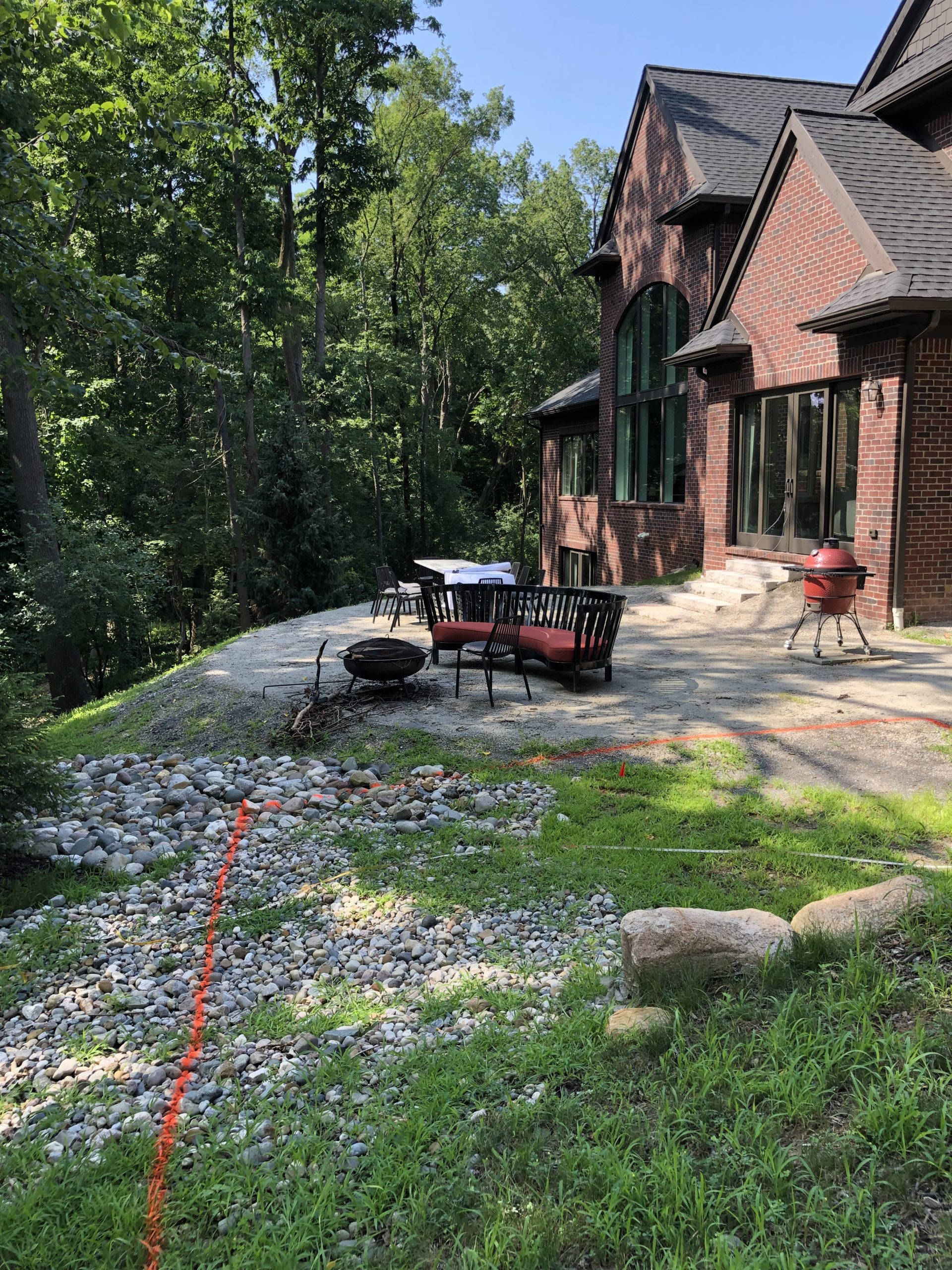Arbequina Olive Tree: The Quintessential Mediterranean Delight
As we travel through the rich landscapes of the Mediterranean, we’re often captivated by the verdant splendor of the olive groves. One of the most prominent stars in these groves is the Arbequina Olive Tree. This tree has established itself as a vital component of Mediterranean horticulture, offering both stunning aesthetics and delicious fruit. Let’s delve deeper into the unique characteristics and cultivation methods of this remarkable tree.
Origins and Features
The Arbequina Olive Tree, scientifically known as Olea europaea ‘Arbequina,’ traces its origins back to Catalonia, Spain. It’s a favorite among growers and olive oil enthusiasts worldwide due to its ability to thrive in various climatic conditions, high fruit yield, and the exceptional quality of oil it produces.
Compact and Flavorful
One striking feature of the Arbequina Olive Tree is its compact size. Standing between 10 to 20 feet tall, it fits perfectly in smaller gardens or backyards. The tree’s slender, silver-gray leaves contrast beautifully against the dark, petite fruit, adding a touch of Mediterranean allure to your home.
Gourmet’s Delight
Despite their small size, Arbequina olives pack a punch when it comes to flavor. These tiny fruits are known for their buttery, nutty taste and are commonly used to produce one of the finest quality olive oils globally. Arbequina olive oil is appreciated for its slightly fruity undertones, a perfect companion for salads, grilled fish, or crusty bread.
Climate Resilience
Moreover, the Arbequina olive tree has a remarkably high frost tolerance, allowing it to thrive in regions where other olive tree varieties struggle. This resilience makes it a favorite among growers in colder climates such as the northwestern United States and northern regions of Italy.
Cultivating Your Own Arbequina Olive Tree
Now, if you’re wondering about growing your own Arbequina Olive Tree, here’s a quick guide. First, ensure you plant the tree in well-draining soil under full sun exposure. While these trees are relatively drought-resistant, they still appreciate regular watering during the initial growth stages. Additionally, the Arbequina Olive Tree prefers a slightly alkaline soil pH, so you may need to adjust the soil accordingly.
Dealing with Pests and Diseases
As for pests and diseases, the Arbequina Olive Tree is usually robust and resistant. However, olive fruit fly and olive knot disease can occasionally pose problems. Regular monitoring and prompt treatment will keep your tree healthy and fruitful.
Pruning and Yield
Pruning is another essential aspect of Arbequina Olive Tree care. Since these trees have a tendency to bear fruit at their branch tips, light pruning encourages higher yields and prevents the branches from drooping under the weight of the olives. A properly pruned Arbequina Olive Tree will be more manageable and visually pleasing.
Harvesting
With proper care, your Arbequina Olive Tree will reward you with bountiful harvests. Depending on the climate and care conditions, you can expect your first substantial harvest within 2 to 3 years after planting. Remember that olive trees are alternate bearing, meaning that a year of abundant production will usually be followed by a lighter yield.
Aesthetic Appeal
Finally, don’t overlook the ornamental appeal of the Arbequina Olive Tree. Its evergreen nature ensures year-round beauty, while its stunning silvery foliage provides an exceptional backdrop to any garden setting. Its moderate size also makes it ideal for container gardening, so even if you’re limited on space, you can still enjoy the allure of your own Mediterranean grove.
Arbequina Olive Tree Varieties
While the traditional Arbequina Olive Tree holds immense appeal, there are also several varieties that growers and hobbyists may explore. The “Arbosana” and “Koroneiki” are two such varieties that share similar qualities with the Arbequina. These types produce slightly different flavored olives and can add a dash of diversity to your home orchard or commercial grove.
Propagation and Grafting
Arbequina Olive Trees can be propagated through cuttings or grafting. This propagation method helps maintain the characteristics of the parent tree, ensuring you’ll get the same flavor profile and growth habits. Grafting, which involves attaching a piece of the Arbequina Olive Tree onto a rootstock, can enhance the tree’s resistance to diseases and pests.
Incorporating Arbequina Olives in Your Diet
There’s more to the Arbequina Olive Tree than just its aesthetic appeal and oil production. The olives themselves are a delicious addition to various dishes. Their buttery texture and rich flavor can enhance the taste of pasta, salads, and pizzas. Moreover, incorporating olives into your diet provides a good source of heart-healthy fats, vitamins, and minerals.
FAQs About the Arbequina Olive Tree
Lastly, we’ll address some common questions about the Arbequina Olive Tree.
Can I grow an Arbequina Olive Tree indoors?
Yes, with appropriate light and care, the Arbequina Olive Tree can be grown indoors. Keep the tree near a sunny window and ensure regular watering.
How often should I water my Arbequina Olive Tree?
While mature trees are drought-tolerant, younger trees need regular watering. Once the tree is established, you can reduce the watering frequency.
When is the best time to prune my Arbequina Olive Tree?
Late winter to early spring is the best time to prune your tree, before the new growth begins.
Conclusion
In the delightful journey of cultivating your garden, growing Arbequina olive trees stands as a rewarding venture. Not only does it offer the joy of nurturing young plants and seeing them flourish, but its silvery-green foliage and weeping branches add an undeniable Mediterranean charm to your landscape. As a self-fruiting olive tree, the Arbequina stands out among other olive trees for its consistency in producing fruit. Its dark brown fruit plays a crucial role in high-quality olive oil production, rendering it an asset for any home grower.
Pruning Arbequina olive trees is an essential practice that ensures their health and productivity. During the first few growing seasons after the tree arrived in your garden, careful and regular pruning can help shape the tree and stimulate abundant fruit production. Pruning not only gives the tree a neat appearance but also improves light and air penetration, which can enhance the quality and quantity of the fruit.
In conclusion, if you’re considering adding a fruit tree to your home garden, Arbequina olive trees grow exceptionally well and offer a myriad of benefits. From their ornamental beauty to their olive oil production capabilities, these trees make a notable impression. With proper care and attention, your Arbequina Olive Tree will not only thrive but also become a staple of your garden, sharing its bounty for many years to come.



